First Bank of the United States
How can we turn a historic site into an exploration of our nation’s economic system and the people who powered it?

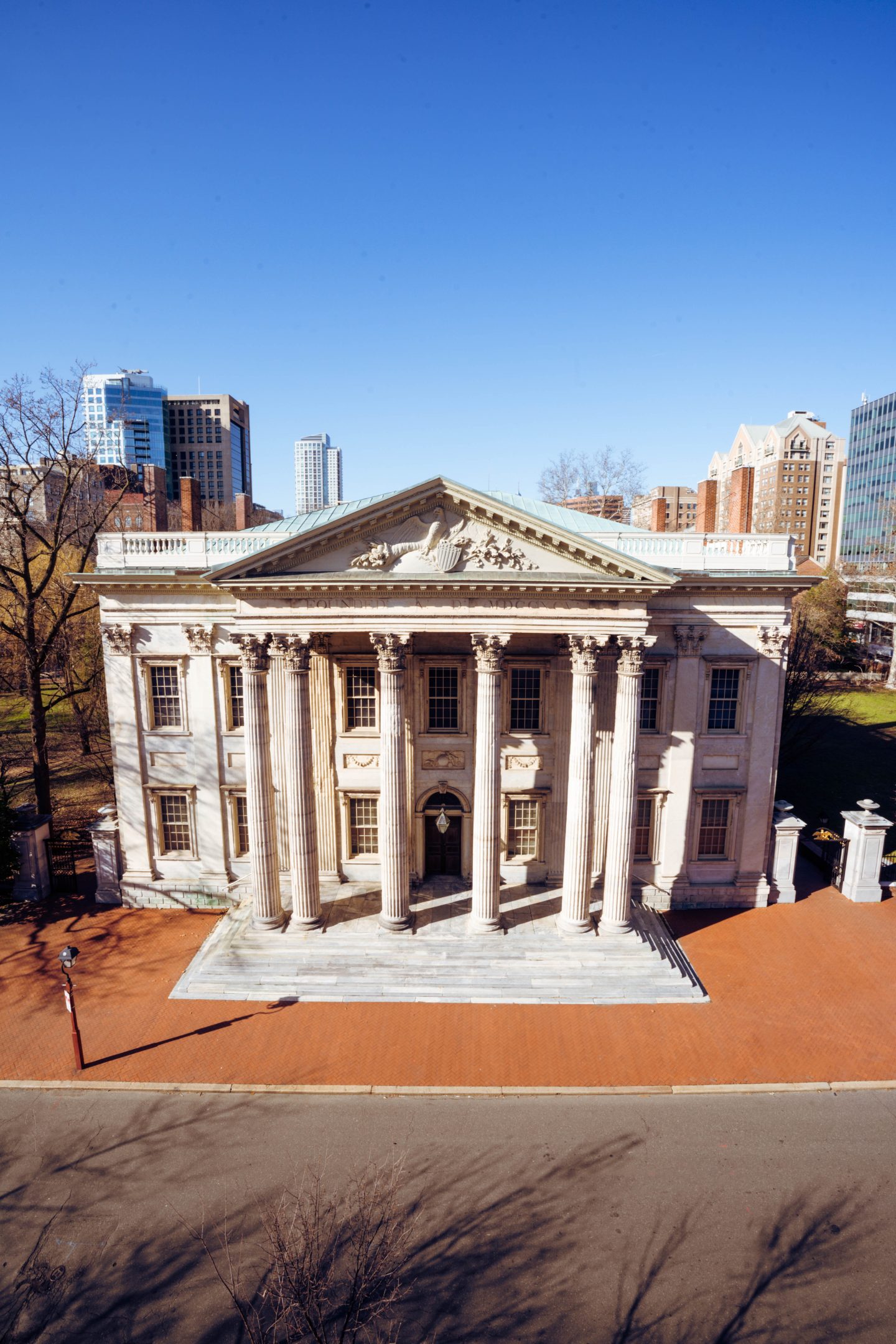
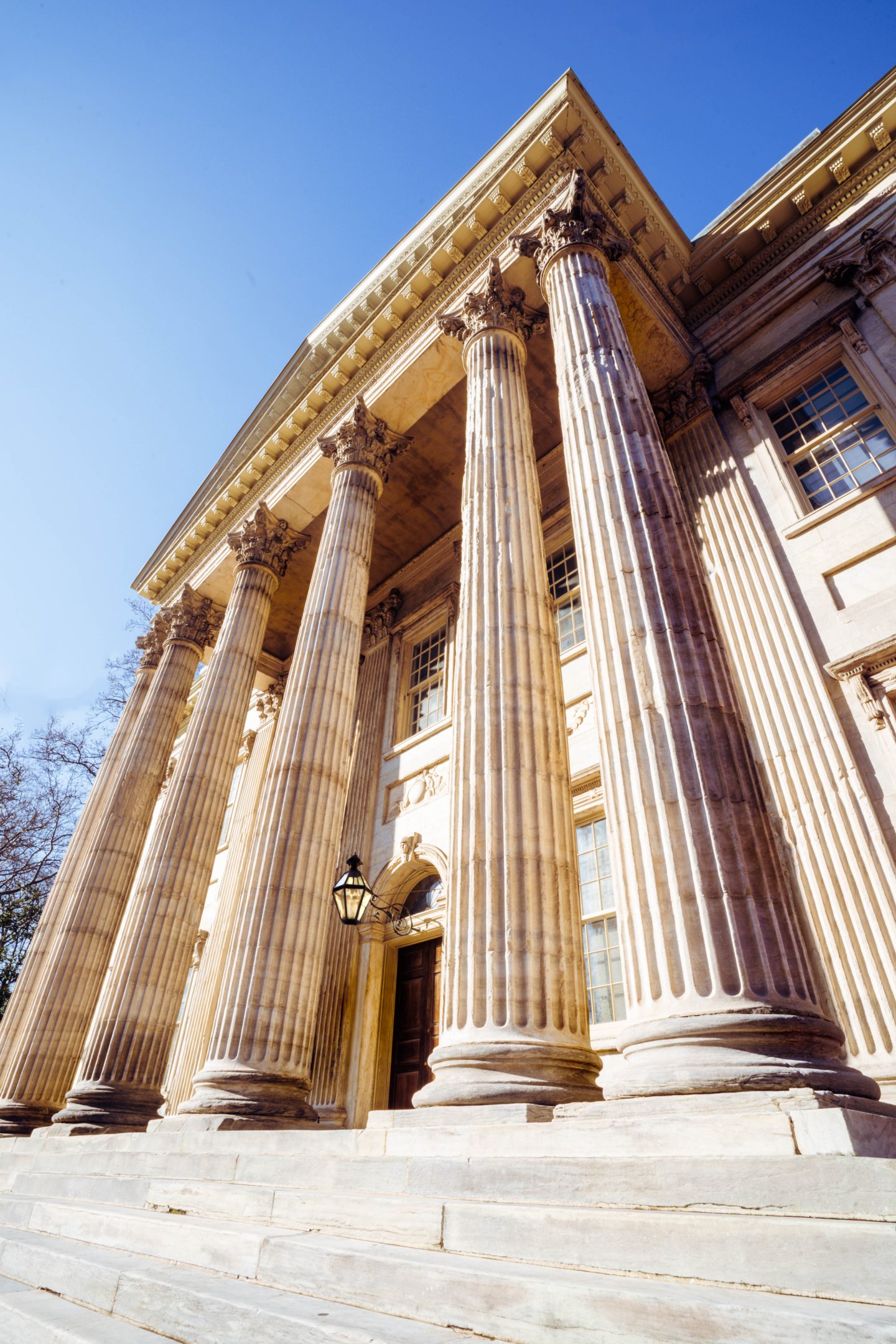

Overview
The early national economy was a central force in defining America’s identity and shaping people’s lives — What kind of country were we going to be? The First Bank of the United States in Philadelphia was at the center of a debate between federally controlled services and state rights that still rages on today.
Local Projects is designing the first public permanent exhibition to be housed in this historic building. The experience will tell the story of the early national economy through the portraits, voices, and stories of people whose lives it affected. The new museum will open to the public in 2026, in time for the 250th anniversary of the US.
Partners
John Milner Architects, The Bedwell Company
Services
Concept Design, Exhibition Design, Design Development, Documentation
The Details
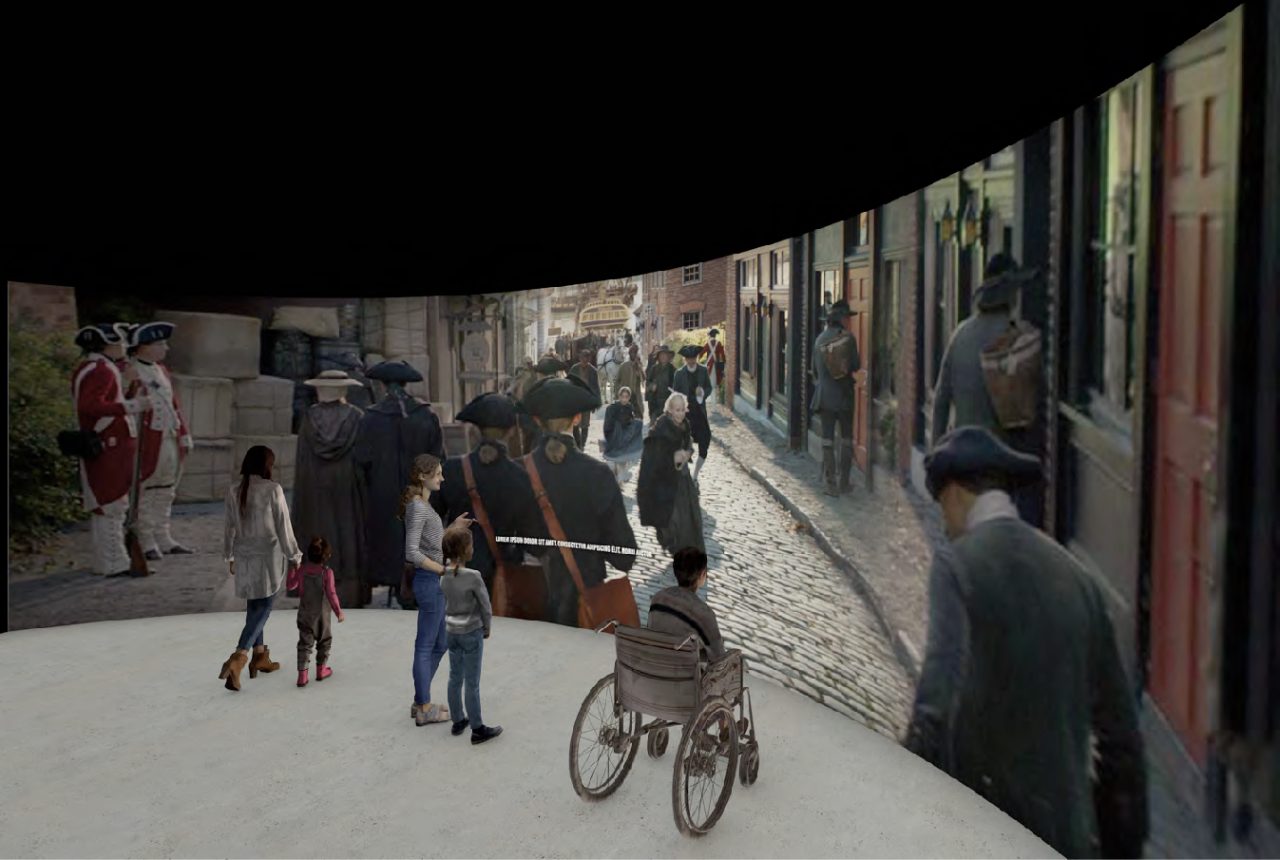
Introductory Experience
The museum’s new permanent exhibition, People, Power, Profit in the Early Republic, will begin with a theatrical film introducing visitors to diverse voices of the early nation, who bring differing views about the state of the economy and everyday life in the new nation to a a bustling streetscape.
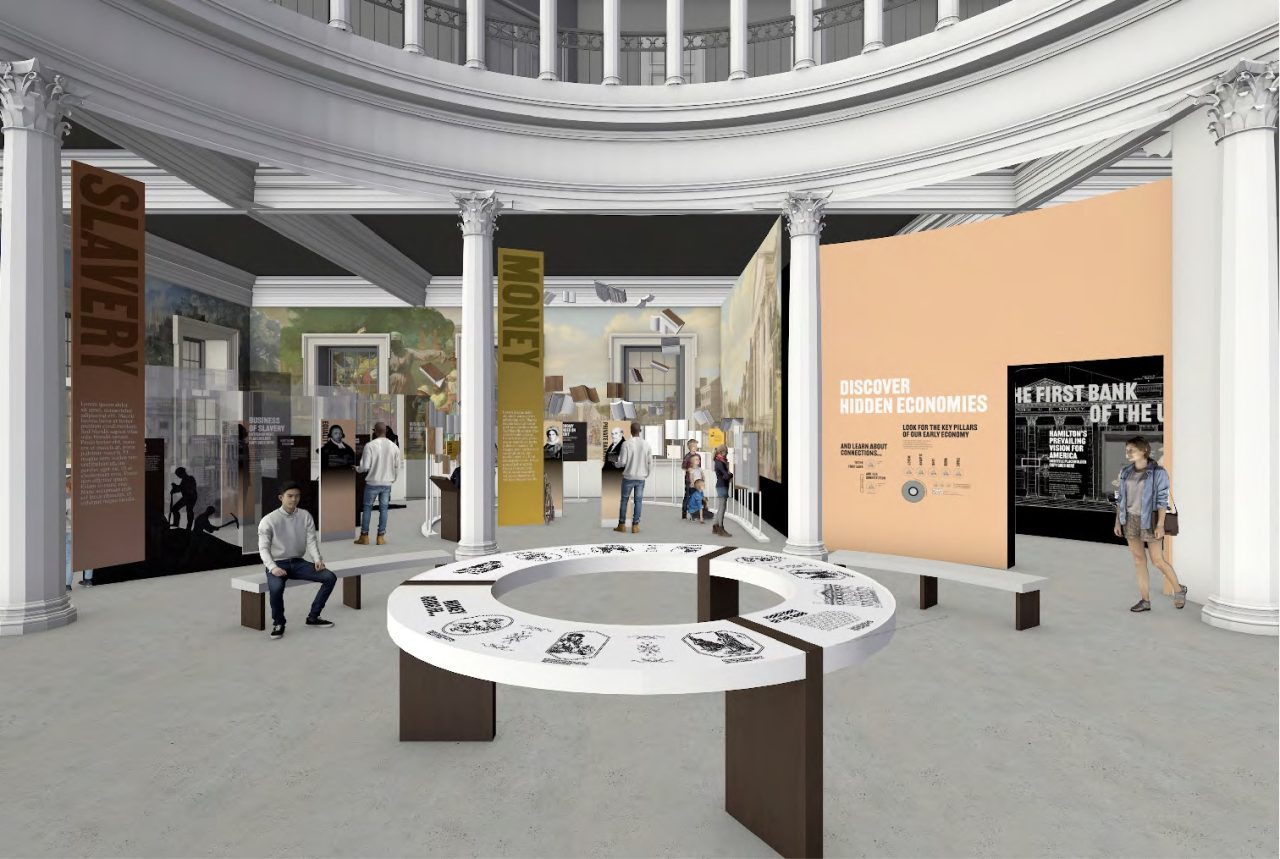
Money In, Money Out
In the center of the gallery, a table explores how the First Bank functioned, with a selection of vignettes that depict how money flowed in and out of the bank — passing through many different hands for a variety of purposes, including storing tax revenue in the vaults below the bank.
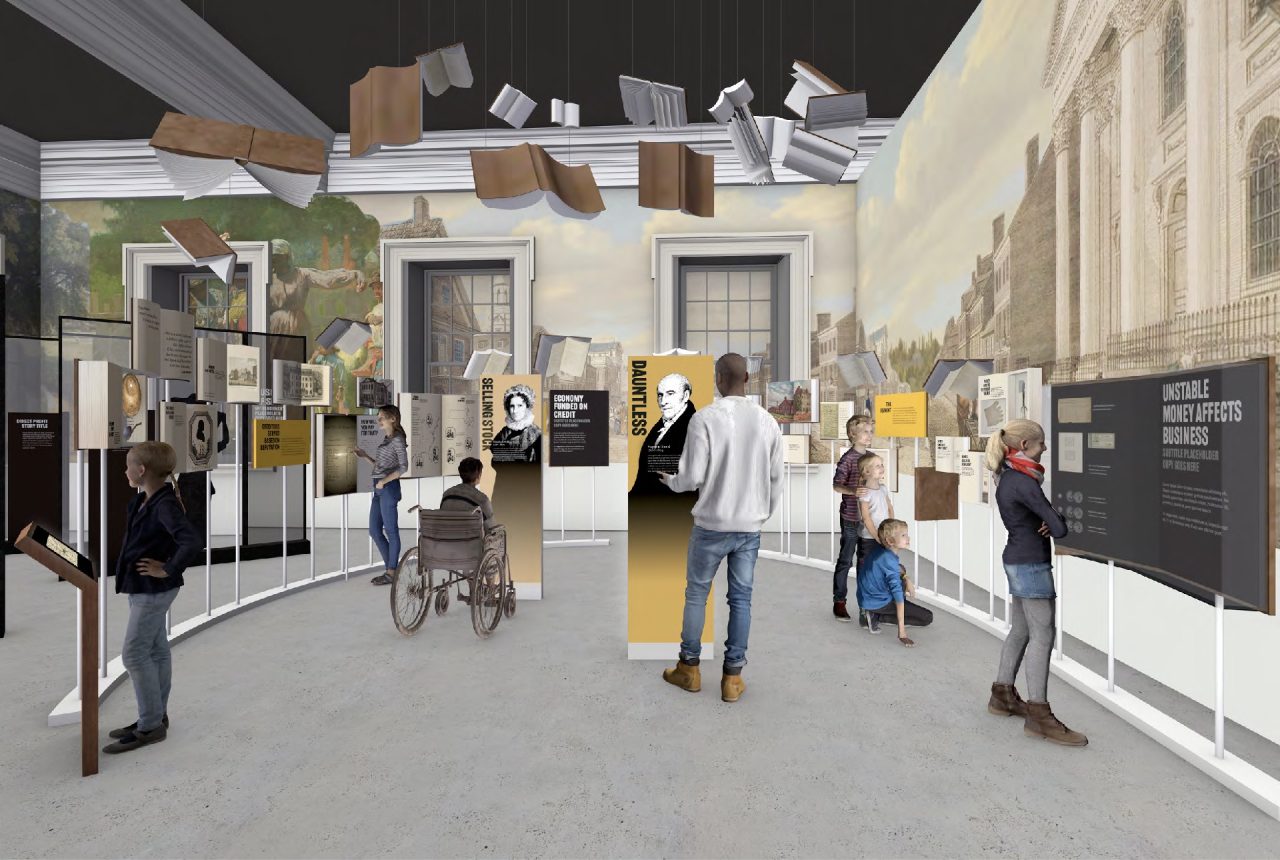
Money
The Money section highlights the lack of a central currency in the early republic, which perpetuates the instability of a country still defining the role of the central government and the terms of “unity” in a new United States. Artifact cases highlight specie next to ledger books to convey the variety of money.
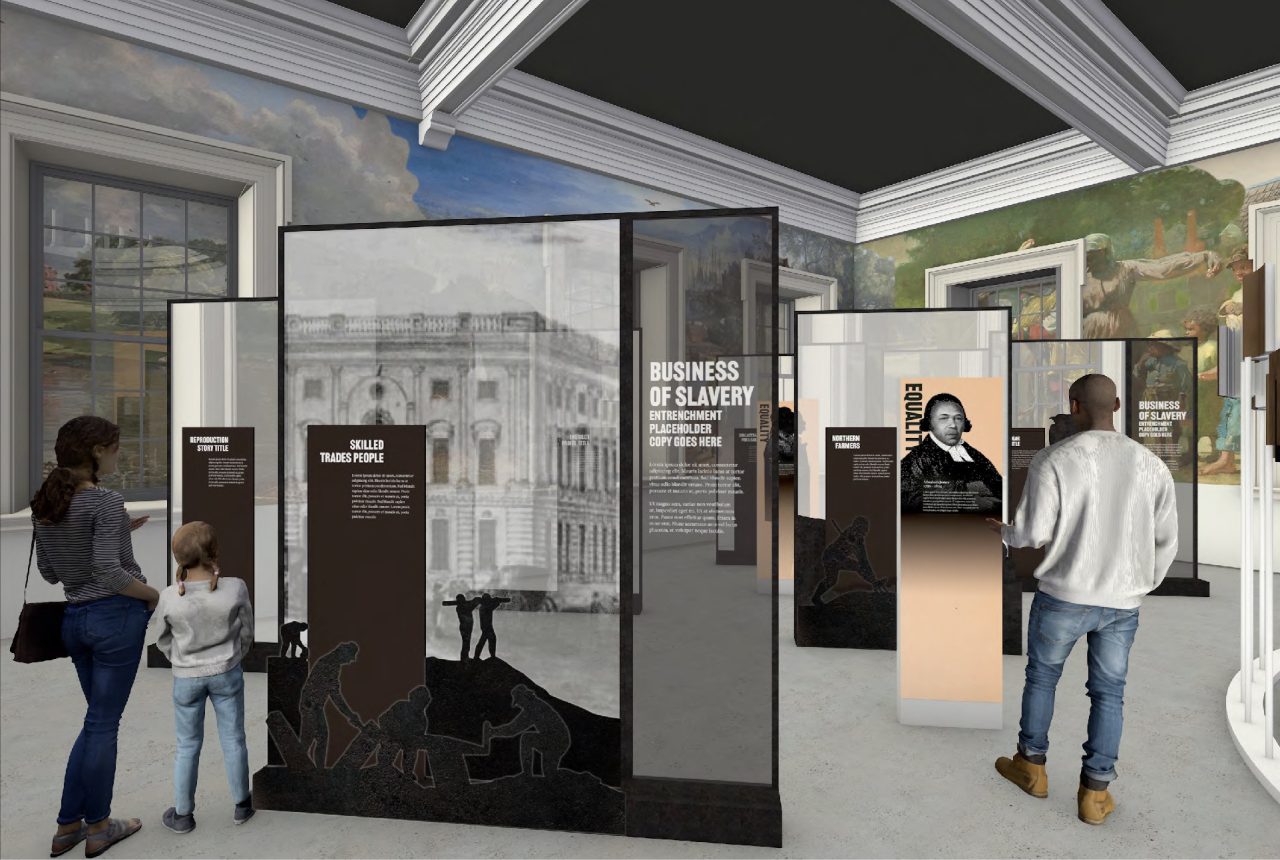
Slavery
Slavery touched every person’s life — enslaved and free — shaping access to wealth, political power, and social capital for generations to come. The business was so entrenched that people contributed directly, indirectly, and even with little awareness.
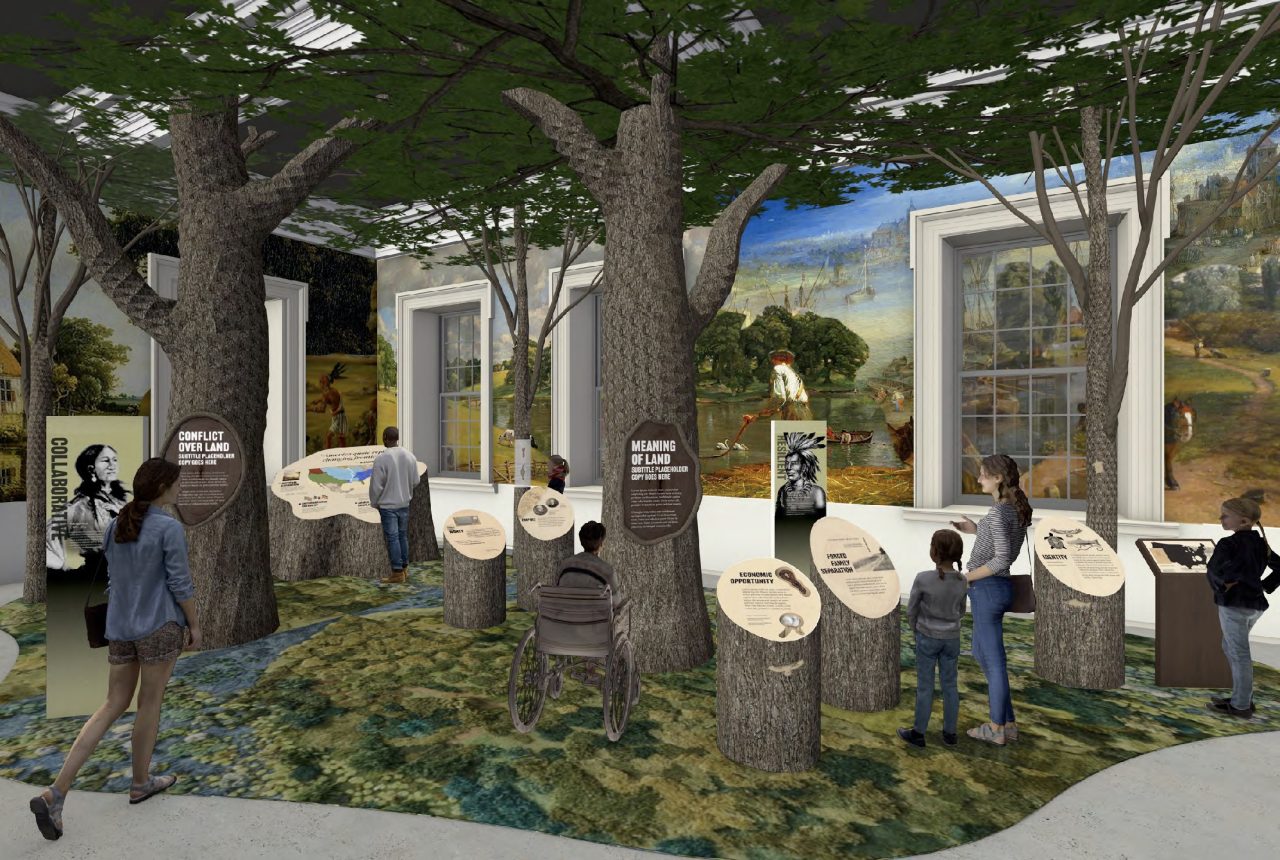
Land
Lands to north and west beckoned with opportunity as speculators, farmers, and governments all grabbed land — but expansion came at a price. Contact and trade on the western frontier brought conflict with Native Americans, while enslaved laborers found themselves sold or taken away from their families.
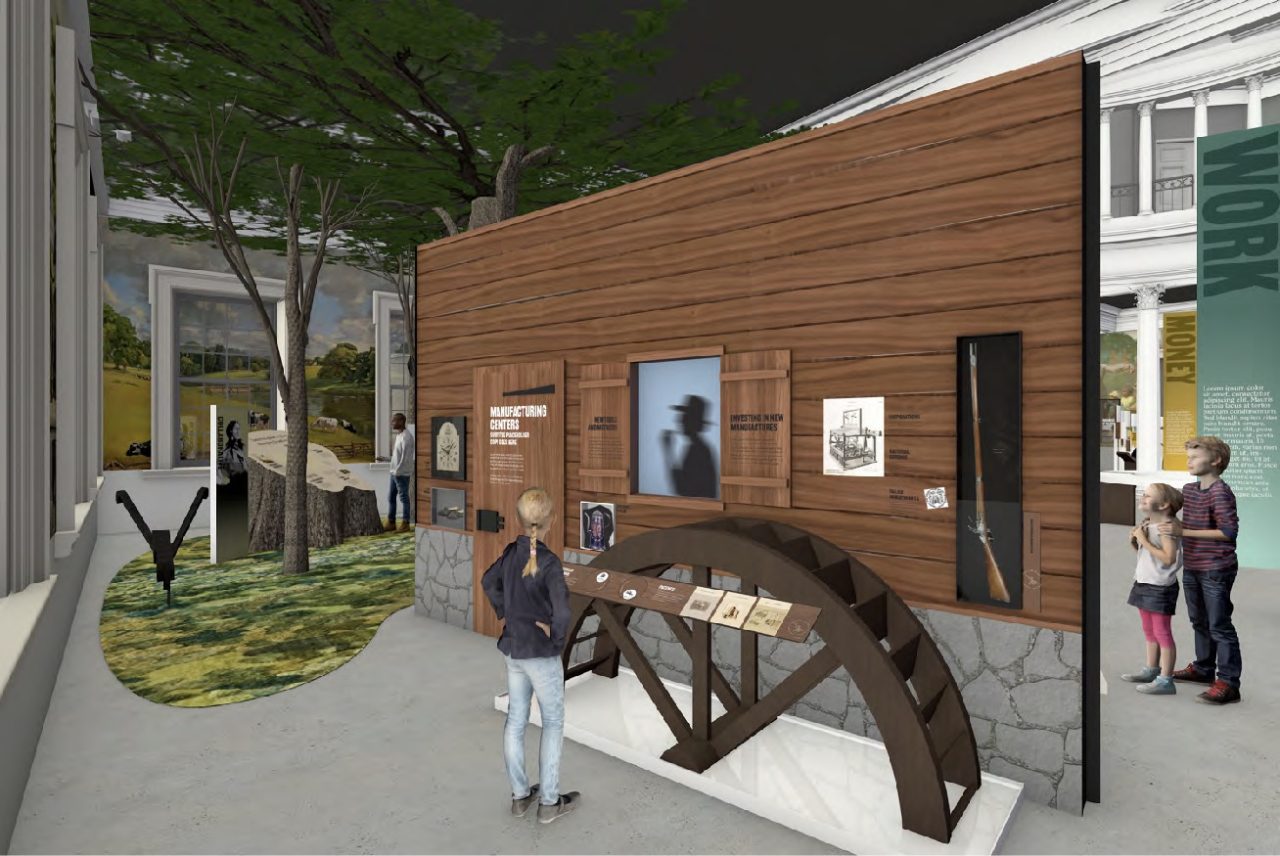
Work
While the early American economy remained primarily agrarian, the nation stood on a precipice of change as some landowners, free and enslaved laborers, merchants, and traders experimented with new tools and modes of production. Rural and urban work, as well as manufacturing centers showcase these changes and contrasts in the Work section.
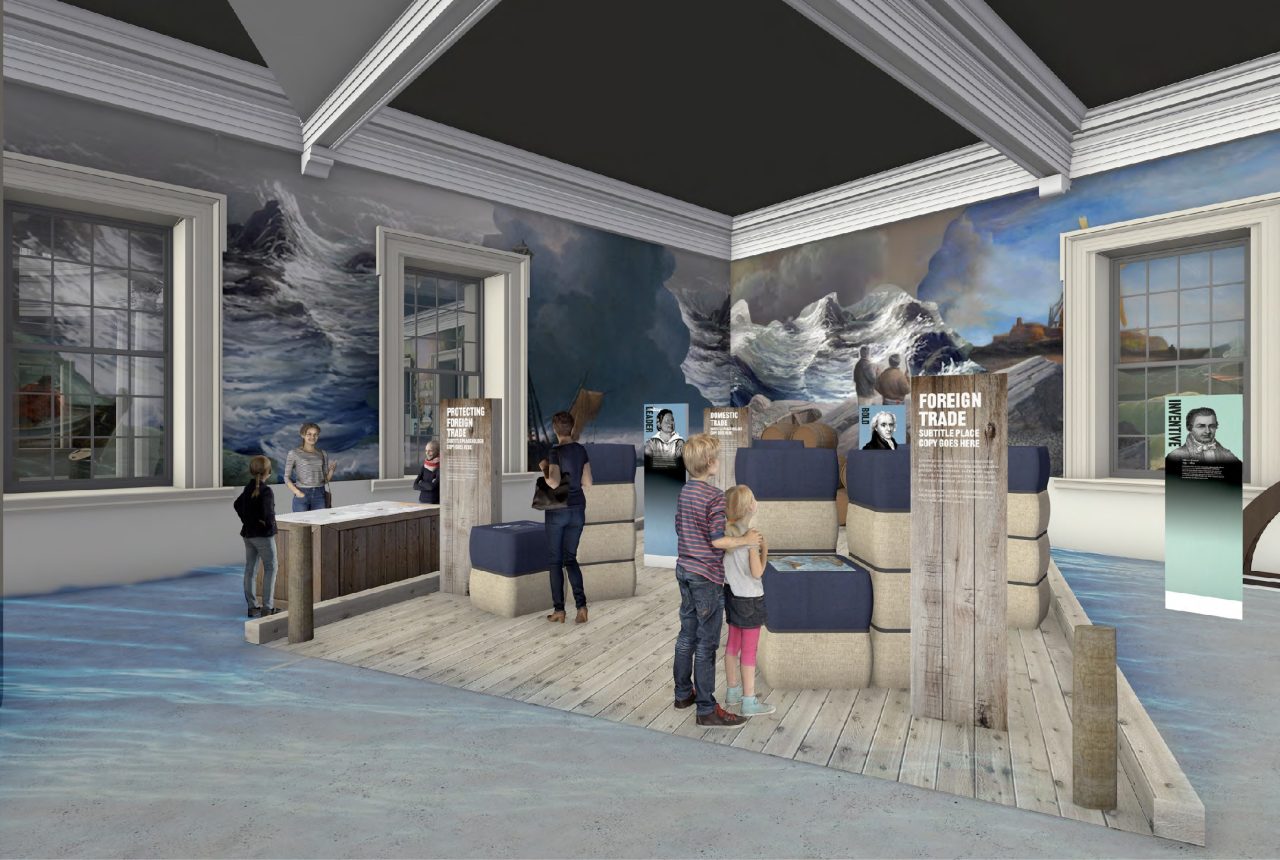
Trade
Trade involved risk but was necessary for the prosperity of the nation. The U.S. Constitution gave Congress the power to regulate commerce, punish piracy, and declare war – but how best to use those tools to ensure economic growth through trade? And, at what price?

